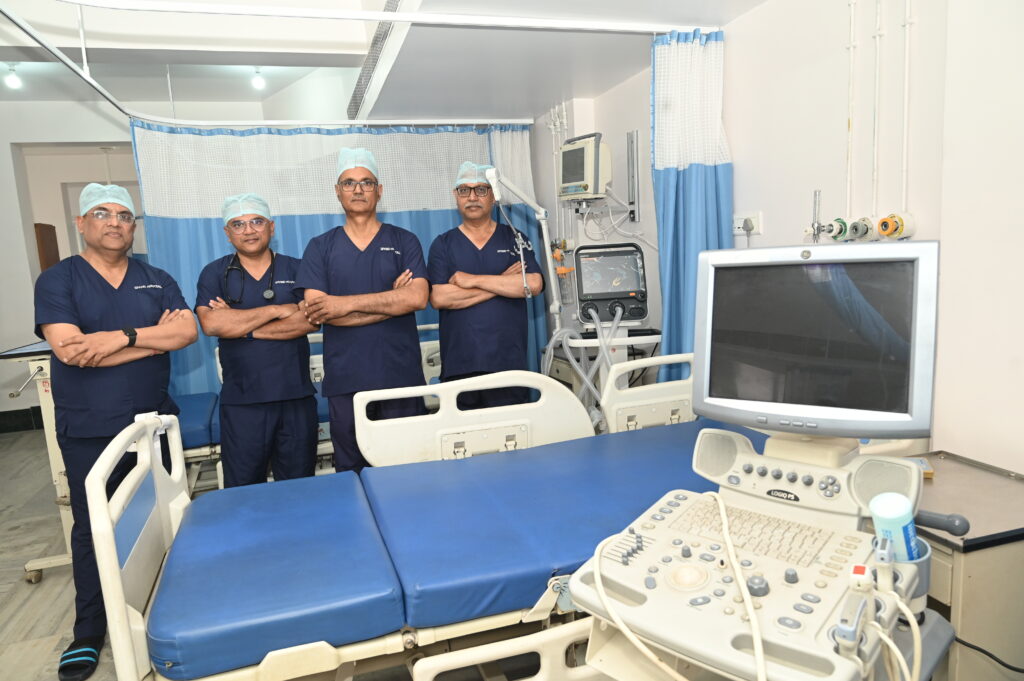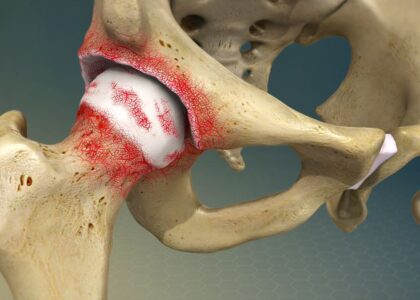Parkinson’s disease is a progressive neurodegenerative disorder that affects movement, causing a range of physical and cognitive challenges. It primarily impacts the nervous system, gradually impairing the brain’s ability to control and coordinate muscle movements. If you or a loved one has been diagnosed with Parkinson’s, it is important to understand the disease, its symptoms, its causes, and the available treatment options. The right care can make a significant difference, and seeking treatment at the best neuro hospital in Jamshedpur is an important step towards managing the disease effectively.
What is Parkinson’s Disease?
Parkinson’s disease affects the central nervous system, particularly the brain cells responsible for producing dopamine. Dopamine is a neurotransmitter that plays a crucial role in transmitting signals that help coordinate smooth and controlled movements. When dopamine-producing neurons in the brain become damaged or die, the ability to control muscle movements is compromised, leading to the characteristic symptoms of Parkinson’s disease.
Symptoms of Parkinson’s Disease
The symptoms of Parkinson’s disease can vary from person to person, but the most common signs include:
- Tremors: A noticeable shaking, especially in the hands or fingers, is one of the most visible symptoms of Parkinson’s. These tremors typically occur while the patient is at rest, and they may diminish or stop when the person is engaged in voluntary movements.
- Bradykinesia: This refers to the slowing down of movement. Over time, individuals with Parkinson’s may find it more difficult to initiate movement or may experience a reduction in facial expressions. Their steps might become shorter, and their gait may become shuffling or rigid.
- Muscle Rigidity: Stiffness and resistance to movement are common, making it harder for individuals to move their limbs and body. This can be painful and result in decreased flexibility.
- Postural Instability: People with Parkinson’s often experience balance problems, which can lead to a higher risk of falls. The lack of coordination and muscle control may make it difficult to maintain an upright posture.
- Speech and Swallowing Problems: As Parkinson’s disease progresses, speech may become softer or slurred. Swallowing difficulties, known as dysphagia, may also occur, making it harder to eat and drink.
- Cognitive and Mood Changes: In addition to physical symptoms, Parkinson’s disease can lead to cognitive decline, including memory problems, difficulty concentrating, and, in some cases, dementia. Depression and anxiety are also common among individuals with Parkinson’s.
Causes of Parkinson’s Disease
The exact cause of Parkinson’s disease is not fully understood, but several factors are believed to contribute to the development of this condition. These include:
- Genetics: In some cases, Parkinson’s may run in families. Specific genetic mutations have been identified that increase the risk of developing the disease. However, genetic factors alone are rarely the sole cause, and most cases are not inherited.
- Environmental Factors: Exposure to certain toxins or chemicals has been linked to a higher risk of Parkinson’s disease. Pesticides, heavy metals, and other environmental toxins may contribute to the damage of brain cells, leading to the onset of Parkinson’s.
- Age: Age is the most significant risk factor for Parkinson’s disease. It most commonly affects individuals over the age of 60, and the likelihood of developing Parkinson’s increases with age. However, early-onset Parkinson’s, which occurs before the age of 50, can also happen, though it is less common.
- Lewy Bodies: One of the hallmarks of Parkinson’s disease is the presence of abnormal protein deposits in the brain called Lewy bodies. These deposits are thought to contribute to the death of dopamine-producing neurons, although the exact mechanism is still being studied.
- Mitochondrial Dysfunction: There is evidence that mitochondrial dysfunction, which affects energy production within cells, may play a role in the development of Parkinson’s disease. When brain cells lack sufficient energy, they can become damaged and die, contributing to the symptoms of Parkinson’s.
Diagnosis of Parkinson’s Disease
Diagnosing Parkinson’s disease can be challenging, especially in the early stages when symptoms may be mild. There is no single test for Parkinson’s, so doctors rely on a combination of medical history, physical exams, and neurological assessments. Specialized tests such as brain imaging or dopamine transporter scans may be used to rule out other conditions and confirm the diagnosis.
If you suspect you or a loved one may have Parkinson’s disease, it is important to consult with a neurologist or specialist at a best neuro hospital in Jamshedpur. A comprehensive evaluation can help ensure that you receive an accurate diagnosis and begin appropriate treatment as soon as possible.
Treatment for Parkinson’s Disease
While there is currently no cure for Parkinson’s disease, there are various treatments available to help manage symptoms and improve quality of life. These include:
- Medications: The primary treatment for Parkinson’s is medication that aims to replenish dopamine in the brain or mimic its effects. The most common drug used is Levodopa, often combined with other medications to optimize its effectiveness. Dopamine agonists, MAO-B inhibitors, and anticholinergics may also be prescribed, depending on individual symptoms.
- Physical Therapy: Exercise and physical therapy can help individuals with Parkinson’s maintain muscle strength, flexibility, and balance. Regular physical activity can also reduce the risk of falls and improve overall mobility.
- Surgical Treatments: In some cases, surgery may be considered. Deep brain stimulation (DBS) involves implanting a device in the brain to help control movement and reduce tremors. This option is usually reserved for patients whose symptoms cannot be controlled with medication alone.
- Lifestyle Changes: Eating a balanced diet, getting regular exercise, and managing stress are essential components of Parkinson’s disease management. Support groups and counseling may also be helpful for coping with emotional challenges.
Conclusion
Parkinson’s disease is a challenging condition that can significantly impact the lives of those affected. However, with early diagnosis, a personalized treatment plan, and proper management, many individuals with Parkinson’s disease can maintain a good quality of life. If you are in Jamshedpur or the surrounding area, consider seeking care at the best neuro hospital in Jamshedpur to ensure you receive expert treatment and support in managing Parkinson’s disease.
Always consult with a healthcare professional for an accurate diagnosis and tailored treatment plan that best suits your needs.











